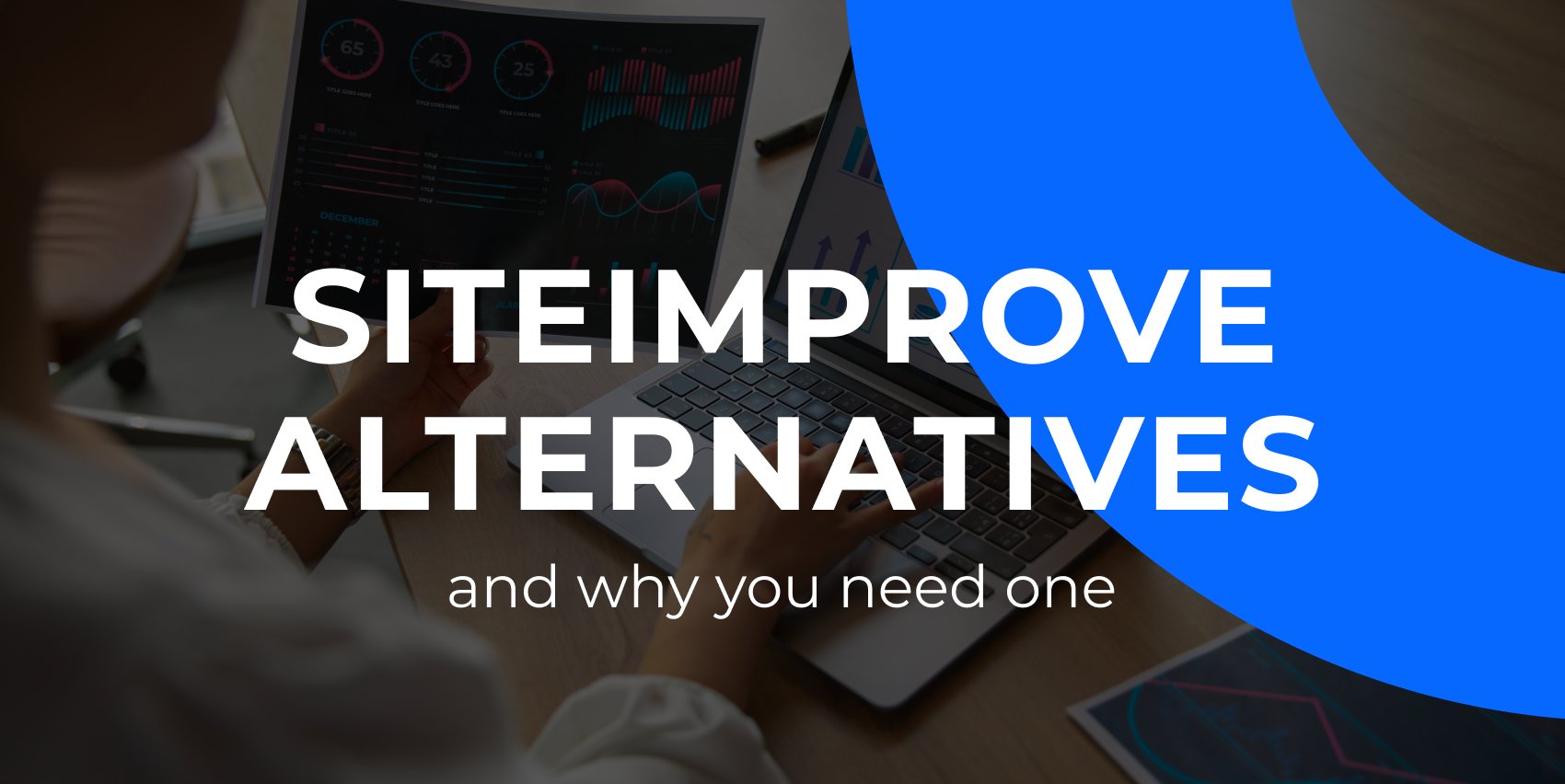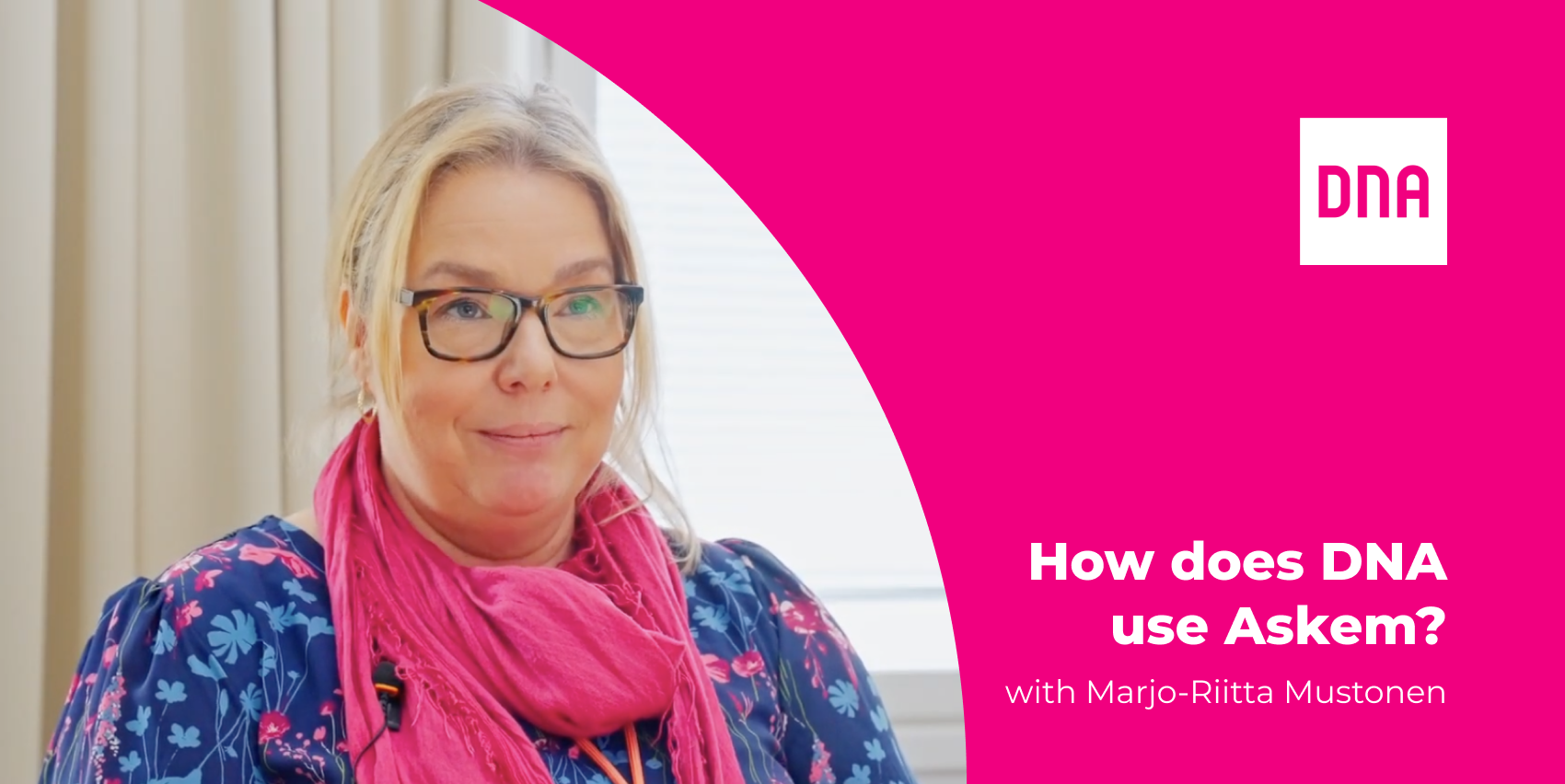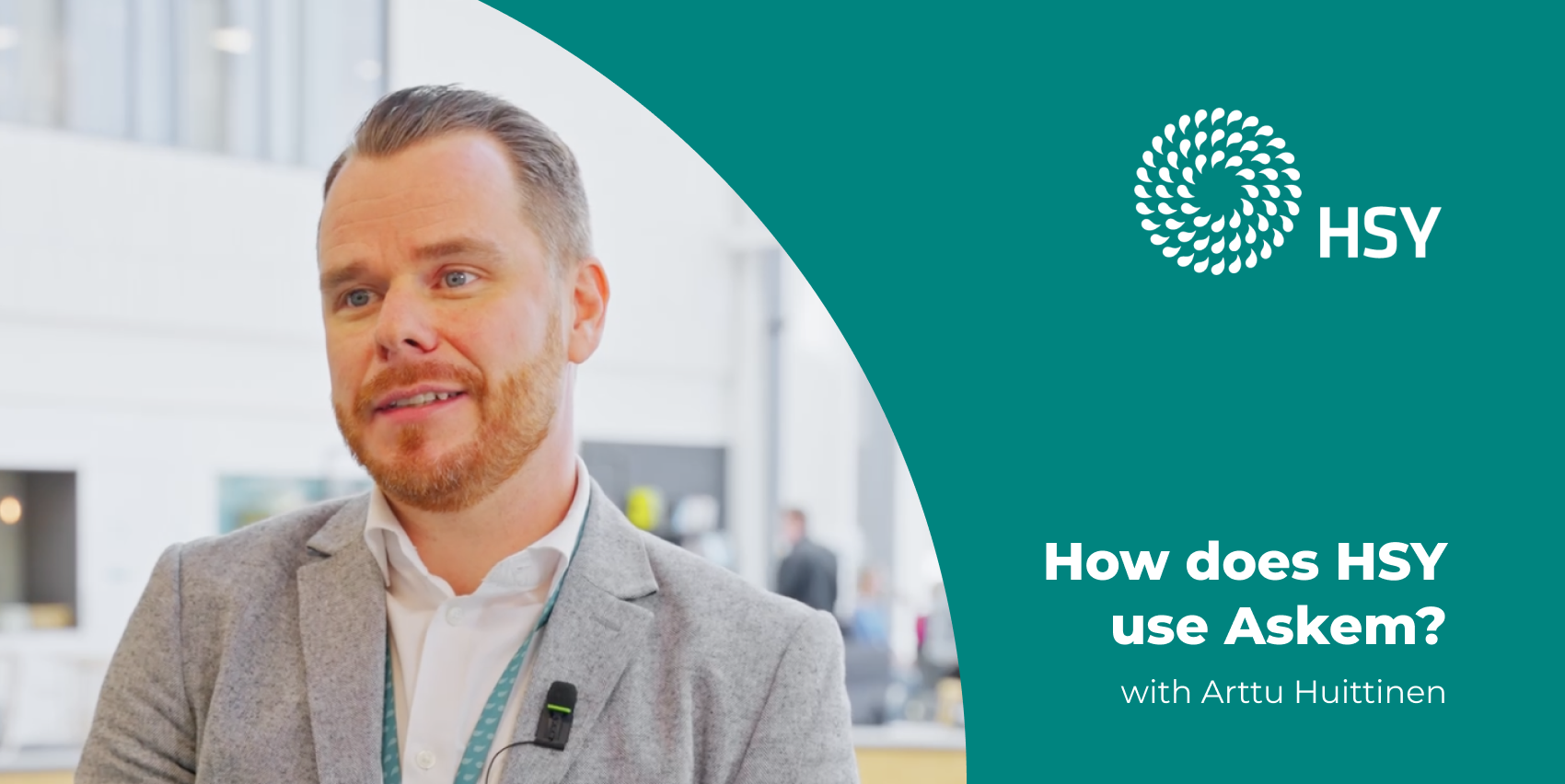At Uniarts Helsinki, the websites serve a wide range of users and delivering clear, relevant content is a constant focus. For Hanna Loraine, who manages both internal and external pages, understanding whether that content is actually working used to involve a fair amount of guesswork.
“With the analytics we used before, we always had to guess a little bit about what was working and what wasn’t,” she says. “Now we don’t have to guess. We know what works for the users and what doesn’t, because they tell us.”
Askem was brought in to fill a critical gap: direct, content-level feedback from users. With a website heavy on information, Uniarts needed a way to know not just where users were going, but what they thought about what they found there.
“Before Askem, we didn’t have any structured way of knowing if the content was actually working,” Hanna explains. “Now we have that route for users to give feedback on specific content.”
Implementing Askem was simple, and results came quickly. Users began sharing their thoughts - often pointing out unclear or outdated content. While much of the feedback is critical, that’s exactly what the team needs to make continuous improvements.
“It was surprisingly easy to implement,” Hanna says. “And people actually use it, usually to give negative feedback, which is a good thing, because it helps us get better.”
Askem has since become a key part of how Uniarts Helsinki maintains and evolves its web presence. It empowers the content team with insights they wouldn’t otherwise have and makes it easy for users to contribute without any friction.
“It’s low effort for them and high gain for us,” Hanna sums up. “If I had to go back to not using Askem, I’d definitely feel like something essential was missing.”
Want to hear it straight from the source? Watch the full interview with Hanna Loraine below and learn how Uniarts Helsinki is using Askem to make content decisions based on real user feedback - not guesswork.





